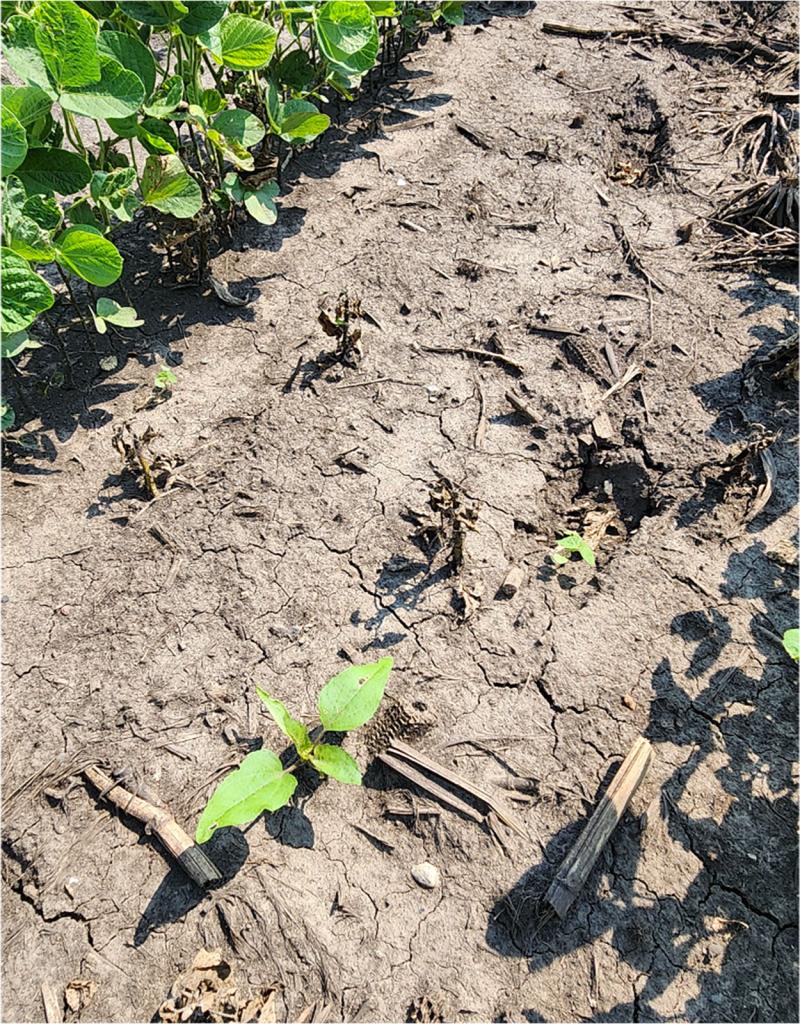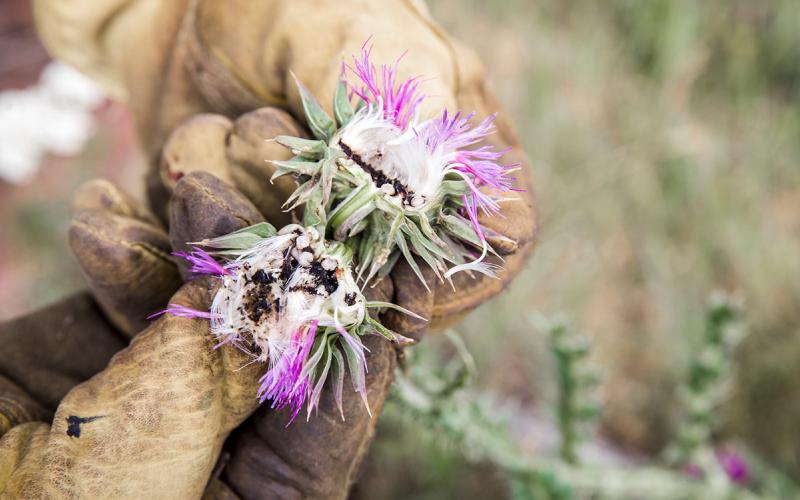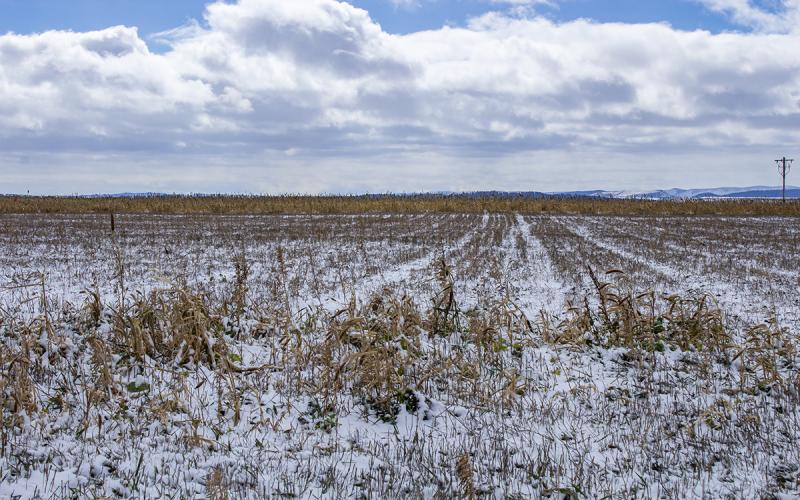
Written collaboratively by Eric Jones, Philip Rozeboom, Jill Alms, and David Vos.
Weeds are more similar than different to crops in terms of what they need to grow: water, light, and heat units. Many parts of South Dakota have received an excess amount of rain this growing season. However, for most of the growing season so far, the temperatures have been rather mild; therefore, weed and crop growth has been delayed. The forecast for the rest of the summer predicts temperatures that are on-par with average July temperatures (80s to 90s). When these temperatures are realized, crop growth and development will increase, but so will weed growth. Additionally, warmer temperatures and excess soil moisture may stimulate germination of weed seeds.
Since planting has been delayed due to excess soil moisture, postemergence herbicide applications may have been delayed as well. While weeds may be small or slowly growing, it would be a good time to scout to determine the species and size of weeds in fields that need to be sprayed. Since it has been a wet growing season, unusual weed species (including species that prefer wet soils, such as barnyardgrass and smartweed species) may be present this year. Determine what weed species are present in the field, as different herbicides may need to be applied for effective management. If the conditions are favorable, weeds can grow very rapidly (several inches per week), and the application can be too late if even delayed by two or three days.
Some fields may have already had an effective postemergence herbicide application, but weed seeds may begin to germinate again under favorable conditions (Figure 1). While these weeds may not cause a substantial yield loss, later emerging weeds will produce seed and may decrease harvest efficiency. While a few later-emerging weeds may not warrant spraying the entire field again, it may be necessary to spot spray areas with relatively large patches of difficult-to-manage weeds (for example, waterhemp and kochia). Be sure to refer to the label for plant back restrictions and crop growth stage restrictions before spraying. Refer to the most-recent South Dakota Pest Management Guides for a complete list of herbicides to spray to manage weeds postemergence.


